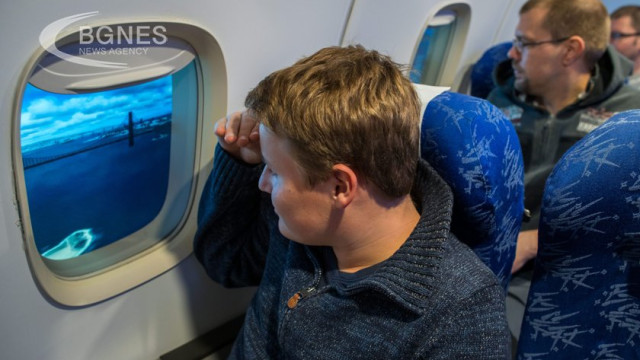Almost a third of people experience some form of seasickness on a long journey - and to this day we still don't know exactly what causes it. The prevailing theory suggests that it is caused by poor movement perception.
Leaving and returning from summer vacation seem to be times especially susceptible to the hidden onset of this disease. We (or at least those of us prone to motion sickness) get sick more often on these particular trips than during our usual comings and goings.
Let us also note that many travelers experience a feeling of fatigue, sleepiness, apathy or lack of energy without having performed any particularly strenuous activity. In fact, these are symptoms of mild seasickness, indicating that many more people are affected by this condition than you might think.
Why is this apparent increased sensitivity during holiday travel? There are a lot of reasons. Compared to normal travel, certain conditions are observed during these trips, all of which have the potential to increase the frequency and severity of symptoms. Here are some explanations and tips to minimize the risk.
In a car, the farther a person moves, the more likely they are to feel sick, as shown by a number of mathematical models that predict motion sickness.
The accumulation of unpleasant movements leads us to cross the threshold where we feel symptoms. For some people this can happen after just a few minutes, while for others it develops more slowly. Only on long trips, after several hours on the road, in the air or on a boat, will this second group cross the border and start to feel sick.
Activities undertaken to pass the time during a long journey can contribute to feeling nauseous. Often people do something to occupy themselves and entertain themselves: read a book, watch a movie, play a video game or scroll through social networks. But these visually stimulating activities absorb our attention to such an extent that we are not attuned to the visual cues that allow our brain to evaluate the vehicle's movement. This creates confusion in the perception of movement. As a result, it becomes much easier to feel bad.
In the summer, it is difficult to control the temperature in the vehicle, as the sun often causes stifling heat - conditions that tend to exacerbate the symptoms of motion sickness.
When it's hot, our body has to make an effort to regulate its temperature, for example by sweating or breathing. These various signals are equivalent to "primary symptoms" because they can contribute to the appearance of other more substantial symptoms: dilation of blood vessels, lethargy, nausea or vomiting, as the case may be.
To counteract these effects, one is tempted to turn on the air conditioning, which in itself can worsen the situation for passengers highly susceptible to seasickness. Ventilation and cabin air systems also tip people toward nausea thresholds.
Bad smells are another factor that can increase the symptoms of car sickness: traffic fumes, cigarette smoke, dirty air or even the smell of leather have been identified as the second most common cause of car sickness! These are greater risk factors at the start of the summer travel season, when air pollution regularly peaks and the sun's rays heat materials. It is also known that there is an area in the brain - area postrema or chemoreceptor trigger zone - that can cause overproduction of saliva and nausea precisely when certain odors are detected - a protective reflex against toxins and other poisonous substances. /BGNES







